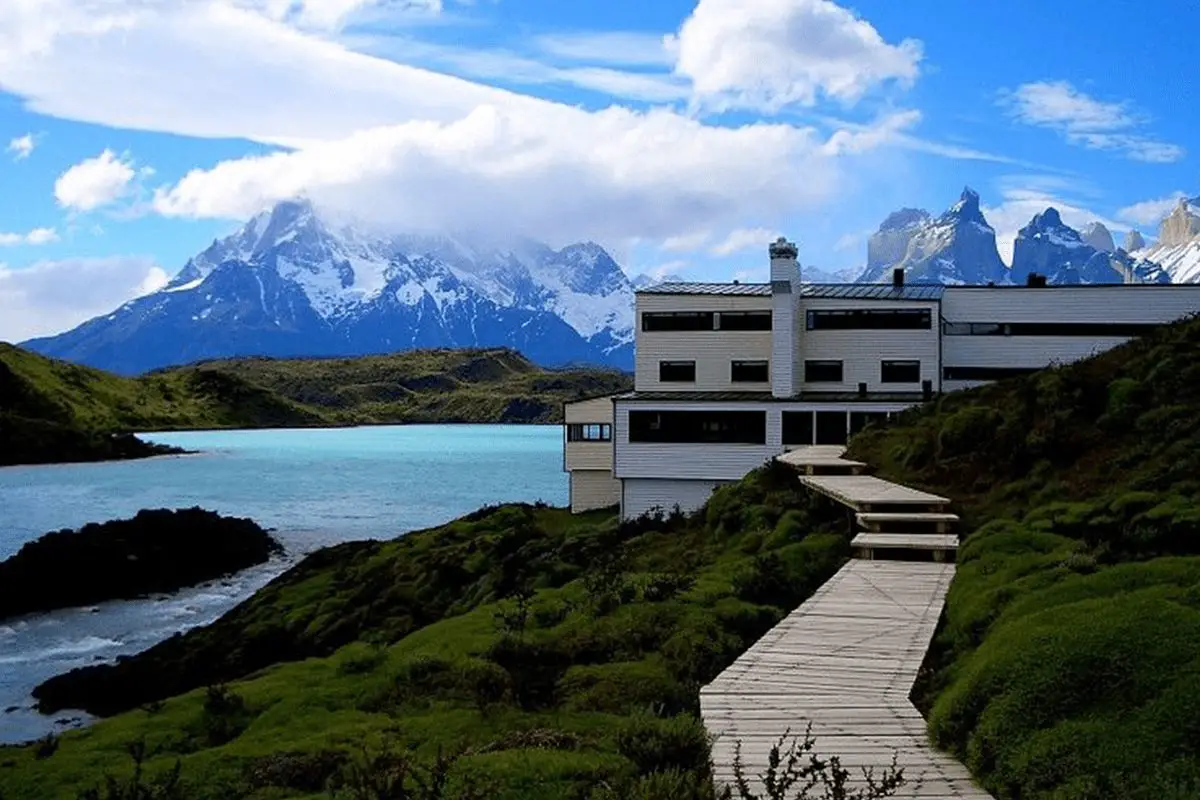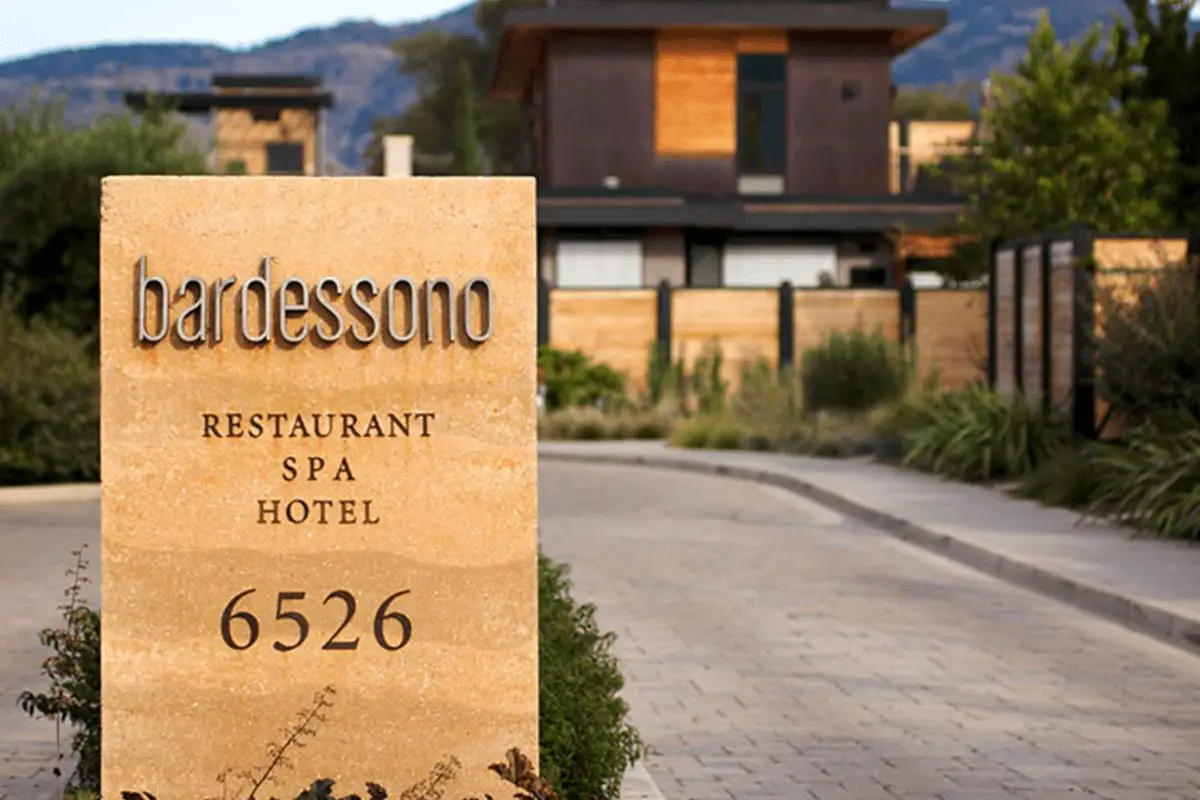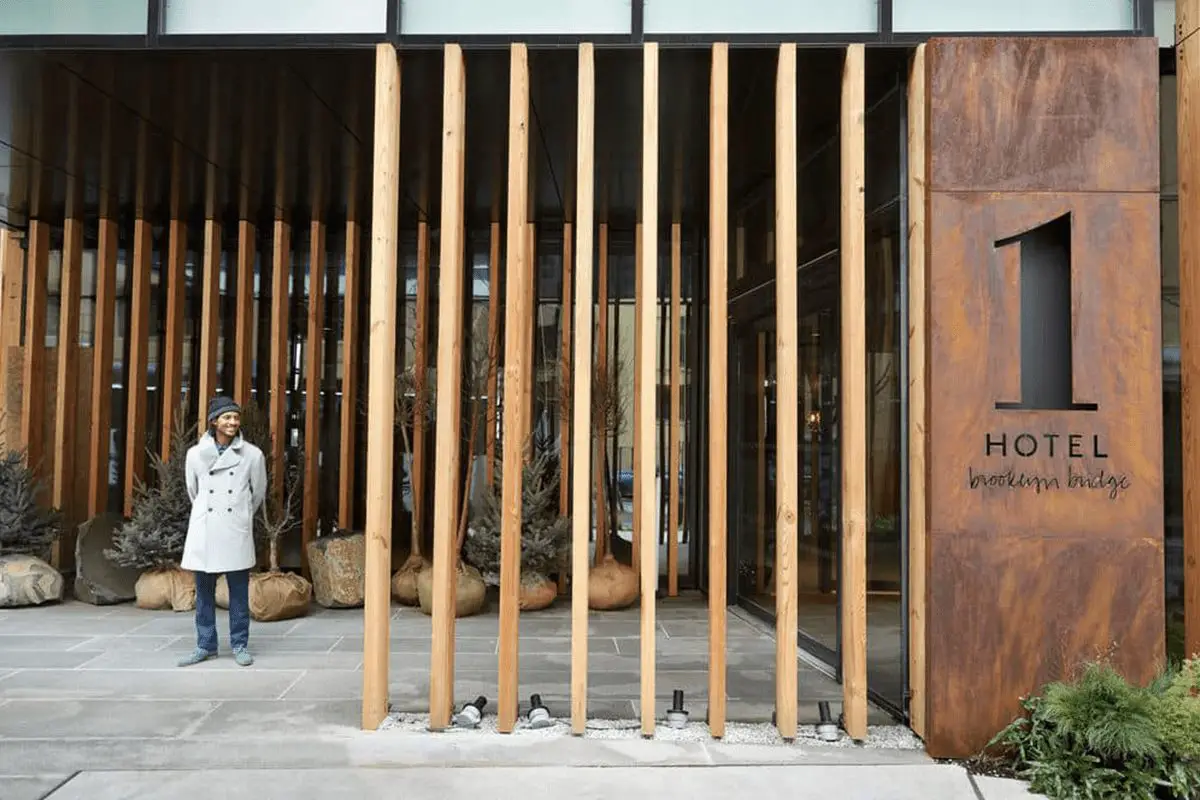Not too long ago, hotels routinely replenished towels and bed linens with nary a thought to the environmental or monetary impact. If a traveler was even remotely eco-conscious, however, he’d tell the housekeeping staff to keep the room as is. Nowadays, most hotels ask guests to save energy and money by reusing towels and bed linens. On the conservation spectrum, that’s the most basic of environmental efforts and nothing to rave about. But what new conservation programs should travelers rave about? From waste-water reclamation to solar and wind power usage to safeguarding natural habitats, a number of hotels are leading the way with innovative green initiatives, some even garnering Leadership in Energy and Environmental Design (LEED) certification—no small feat since hotels have to pass six criteria—by the United States Green Building Council.
Explora – Patagonia, Chile

Explora, which has properties in remote destinations such as Easter Island and Patagonia, has long been the leader in environmental sustainability, years before it became chic to do so. Explora prides itself on helping the environment and local indigenous communities. Waste is separated—plastic and aluminum recycled, with the organic component becoming compost and fertilizer. Swimming pools are heated via the sun and residual power from generators fuels water for washing and bathing. Explora also used local materials to construct its hotels, including volcanic stone indigenous to Easter Island. The chain also helps local children by teaching them English and funding physical therapy visits for those who are disabled.
Four Seasons – Maldives

Explora is not the only hotel chain interested in sustainability. Luxe brand Four Seasons, a name one wouldn’t necessarily associate with conservation, has two Maldivian properties that are at the forefront of safeguarding natural habitats. Researchers at the Four Seasons Resort Maldives at Landaa Giraavaru and the Four Seasons Resort Maldives at Kuda Huraa use artificial structures to help build coral reef fragments (much of the reefs in the Maldives were devastated by El Niño in 1998). Resident marine biologists at Landaa Giraavaru have increased the reefs around the island by 20 percent. They also sponsor conservation programs to help the island’s endangered manta rays, whale sharks and sea turtles. Droppings from foliage around the resort is made into compost and Landaa Giraavaru hosts conservation education programs for guests and locals alike. A portion of guests’ room fees aid green projects at both resorts.
Three Camel Lodge – Mongolia

Not to be outdone, smaller hotels in far-flung locales have realized the importance of preserving land and wildlife. At Three Camel Lodge in Mongolia wind and solar panels power the electricity and fire heats the water. Trash is separated, then recycled and much of the non-drinking water is reused. Three Camel Lodge also aids the local community by providing organic waste for farms in need of fertilizer, building greenhouses and initiating cultural programs to protect endangered wildlife and artifacts.
Sanctuary Retreats Baines Camp – Botswana

Sanctuary Retreats’ Baines Camp in Botswana initiated two unique conservation programs. The five tents at the intimate property are made from recycled tin cans, wire mesh, burlap and sealed with elephant dung (don’t worry, it doesn’t smell), making them soundproof and warm on those cold African nights. The camp also hosts walks with three rescued elephants through the “Living with Elephants” program so that guests and locals can better appreciate the endangered species.
Bucuti Beach Resort – Aruba

Can one relax at a beach resort and still help the environment? Yes. Aruba’s Bucuti Beach Resort was the first resort in the Caribbean to garner Green Globe 21 certification and has been leading the eco wave for more than 35 years. Solar power heats the laundry rooms and water-saving toilets abound. Damaged towels and linens are converted to smaller washcloths, pillowcases and rags. Gray water irrigates land, iguanas and sea turtles breed on-property and recycling bins are situated throughout the property. Tree and lawn clippings are converted to compost and mulch. Air conditioning is reduced to a minimum—most of the resort is open-air—and guests are encouraged to participate in recycled crafts contests and island-wide cleanups.
The Nines Hotel – Portland, OR
Closer to home, hotels in the United States and Canada are becoming more aware of the environmental impact of wasteful practices. In Portland, Oregon, the greenest city in America—the city funds sustainable land-use planning and is a mecca for bicyclists—, hotels and businesses routinely introduce new conservation programs. At the city’s The Nines hotel (opened 2008), power comes from renewable resources such as wind and carbon offsets, and faucets and dual-flush toilets save half a million gallons of water a year. Ninety percent of the waste generated during its construction was recycled. The hotel also encourages guests to use public transportation and offers bikes for rental.
Solage Calistoga

Down the coast in California, Solage Calistoga, in Napa Valley, utilizes recycled materials in its design. Curtains are made of hemp, furniture of walnut and beech and walls painted with breathable, low-VOC products. Reclaimed water is used to feed the native flora and fauna. Solage Calistoga also harnesses the area’s natural geothermal springs to heat its 20,000-square-foot spa. Solar panels and eaves level temperatures throughout the 89 cottages. Cruiser bikes are also available to traverse the property or to take a trip to town.
Crosby Hotel – New York, NY
One might not think of New York City when thinking about eco friendly hotels but the Big Apple is actually a leader in this movement with a number of LEED-certified hotels. The chic Crosby Street Hotel, which hotel features 86 rooms and numerous common spaces in the heart of Soho, leads the way with a Gold LEED-certification. What makes the Crosby Street Hotel so remarkable is that its architects were able to ingeniously outfit it with sustainable features while working within the unique context of its distinctive Soho location. A mix of classic cast-iron architecture and 21st-century innovation, the street itself is one of the most intriguing in the neighborhood. To make the best—and greenest—use of the existing space, the hotel’s designers outfitted the building with landscaped spaces and green roofs, restoring 25% of the site with native and/or adaptive plantings. It’s a remarkably green oasis in the midst of a tightly packed New York City block. A miraculous 61% of the site is considered open space and all landscaping is water efficient, contributing to a 50% reduction in overall usage. Daylight, fresh air and air quality are obvious priorities, as is the use of sustainable materials throughout the building’s construction.
Hôtel Le Germain – Calgary, Alberta

In Calgary, Alberta, a new boutique hotel is garnering raves for its eco program. Hôtel Le Germain Calgary boasts geothermal heating and cooling systems, dual-flush toilets and Low-E thermal glass, great for those cold Calgary winters. Rooms have operable windows that allow in fresh air and water is heated via air-conditioning heat rejection i.e. taking the heat that air conditioning units expel and using it to pre-heat the hot water. The roof collects rainwater for reuse in irrigation. Any excess hotel supplies are given to charity during the holiday season.
These aren’t the only environmentally conscious properties in the world but they have introduced some of the most innovative sustainability programs in their regions. One can only learn by example.
—Shandana Durrani / Staff





